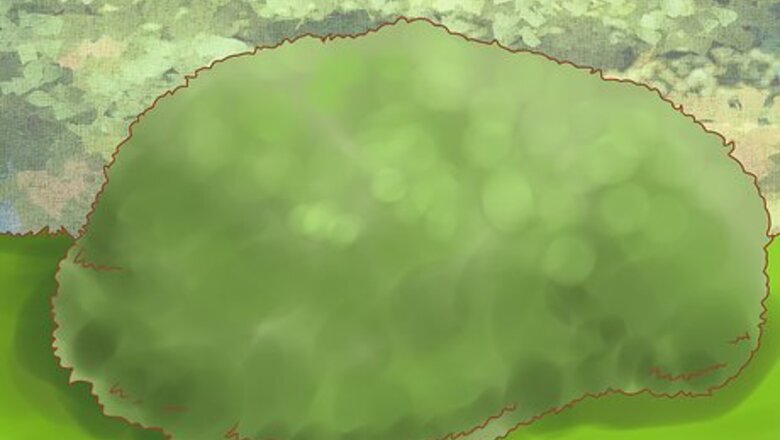
views
Making Your Yard Attractive to Quails
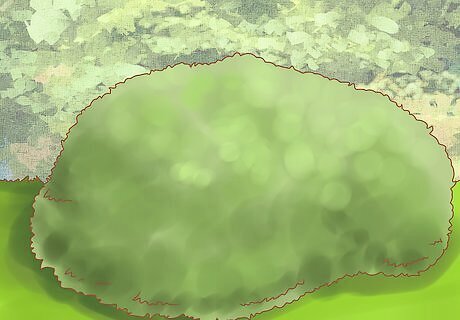
Plant native plants instead of introduced species. Research plants that are native to your planting zone and choose native shrubs and trees that will attract quail. Native plants provide a protected place for quail to breed, roost, and nest. Many of the plants are also home to insects that the quail like to eat. For example, if you live in Texas, you could plant black locust, eastern red cedar, and desert willow. For example, if you live in Arizona, try planting velvet and honey mesquite trees, catclaw, saltbush, and globe mallow.
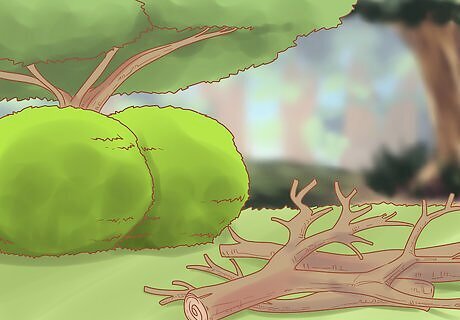
Grow dense ground cover to protect the quail. Leave grass and foliage in your space to mimic the quail's natural habitat. Quail can hide in the tall grass and the shrubbery makes a windbreak that protects the birds from the elements.Did You Know? A quail's natural habitat is made up of 10 to 60% woody cover, so brush is important in attracting quail. Quail love thickets, tangles, and brush piles, so don't clear these from the space.
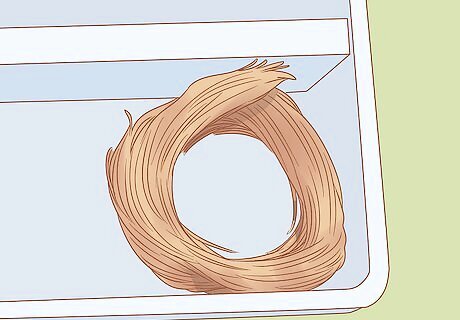
Set out dry nesting material. Quail like to find an area where they can breed and raise their young. Provide dry straw, hay, grass, leaf litter, and twigs to encourage the quail to breed. Set these near the ground cover, so the quail feel protected.
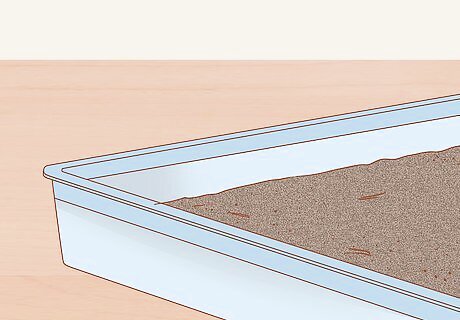
Create a dry, dusty space for the quail to bathe. Quail roll in the dust to protect their feathers and remove parasites. The dust also acts like a bath. To make a bathing spot for the quail, mix a little dry sand into a space filled with dirt. Consider placing a cover or tree near the bathing spot, so the spot doesn't become muddy if it rains.
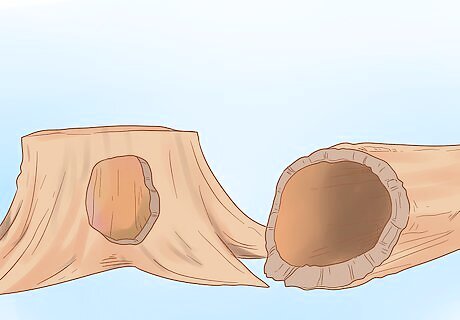
Arrange hollow logs or stumps in your space. Hollow logs make great hiding spots or places for the quail to nest and feed. Place a few hollow logs near the shrubbery and ground cover. This will encourage the quail to investigate the logs. You should also set out a stump or large piece of timber. If you attract a flock of quail, the male leader will perch on the stump.
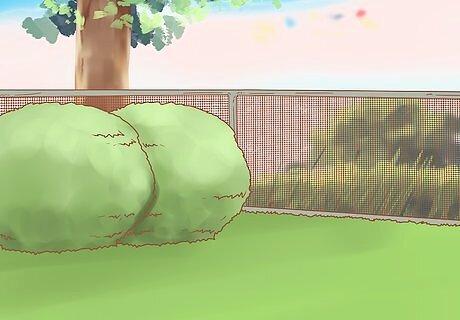
Use fencing or shrubbery to secure the quail from predators. If you have livestock in the area, install high fencing to prevent them from wandering into the space where you're trying to attract quail. Otherwise, shrubbery can act as a fence to keep other predators away. It's also important to keep house pets out of the space since they'll frighten the quail away. You should also avoid walking around the space because you could disturb the quail.
Keep pets indoors. Quail are very fragile and easily-frightened birds that can be discouraged by unwanted animals in your garden, such as cats or dogs. Limit the sessions your household pets spend outside.
Feeding the Quails
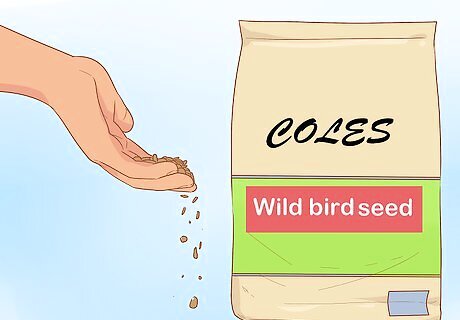
Set out wild bird seed and grains near the ground cover. Purchase wild bird seed and grain sorghum. Then scatter it near the shrubs and ground cover. The quail will be attracted to the food, but will be protected by the plants. You can find wild bird seed formulated for quail at most local pet stores or online.
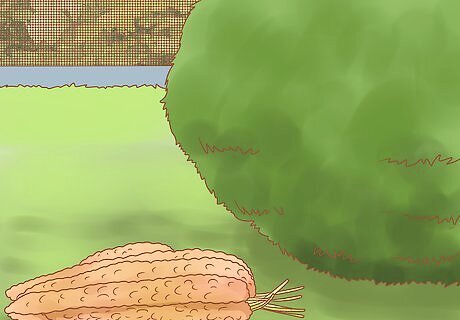
Place millet sprays in the shrubbery. You can buy millet seeds that are still attached to the stalk and insert them ground cover. The quail will be drawn to the millet and they'll be protected by the shrubbery while they're eating it. Cowbirds and house sparrows also enjoy millet sprays.
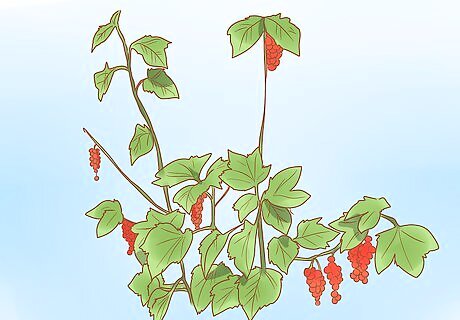
Plant extra food resources. Quail might be interested in herbs, vegetables, and berry bushes in your space, so consider planting these. Shrubs that produce food for quail include serviceberry, snowberry, huckleberry, blackberry, currant, and grape. Quail also eat flowers and insects that are commonly found in gardens.
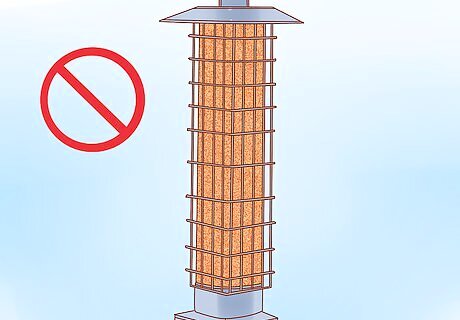
Avoid using hanging bird feeders. Quail don't fly and they don't like to perch while they eat, so don't put food into bird feeders that hang from trees. If you still want to use a feeder, purchase one that sits just off of the ground and fill it with wild bird seed. Keep in mind that predators, such as house cats or rats, may be drawn to the quail as they gather near the ground feeders.
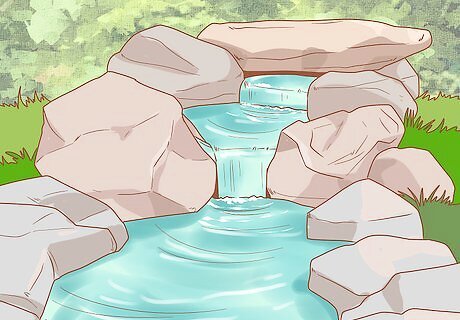
Add a water source to your garden. Quail don't usually like to drink from raised bird baths, but they are attracted to shallow, low-lying water sources. If you don't have an artificial pond in your space, set out shallow bowls of water. Quail will also be drawn to streams or rivers that they can drink from.
















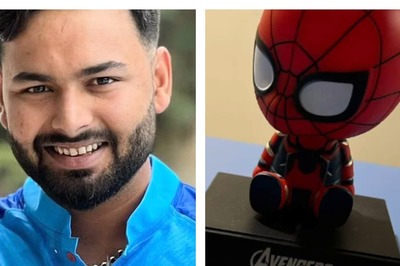



Comments
0 comment